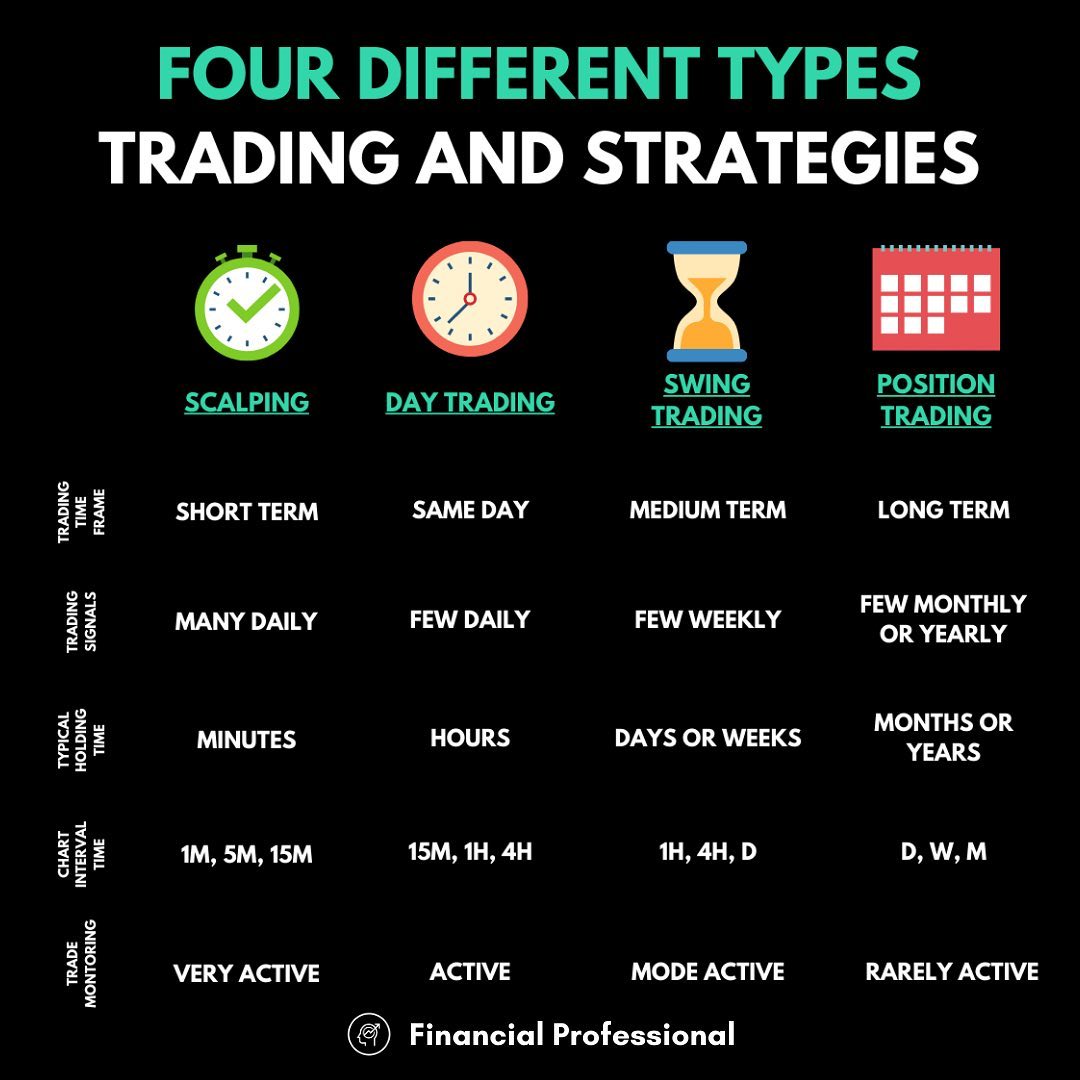The world of finance is a complex one, filled with intricate strategies and unpredictable markets. But for those seeking a path to potentially high returns, options trading often emerges as a tantalizing possibility. While it carries its fair share of risks, the potential for profit can be significant. Remember the story of a young investor who, with just a few hundred dollars and a keen eye for the market, managed to turn their investment into a substantial sum through smart options trading? He carefully researched and understood the intricacies of different options strategies, meticulously managing risk and capitalizing on market fluctuations. His success serves as a compelling testament to the power of options trading when executed with precision and knowledge.

Image: www.tmbfiles.com
Options trading is a dynamic and exciting world, especially for those who aren’t afraid of taking calculated risks and potentially reaping significant rewards. This article will delve into the intricacies of different options trading strategies, demystifying the concept and empowering you to navigate this complex landscape with confidence. From the basics of options contracts to the most popular strategies employed by seasoned traders, we’ll equip you with the tools you need to make informed decisions and embark on your own options trading journey.
Understanding the Basics of Options Trading
Options trading revolves around contracts that grant the holder the right, but not the obligation, to buy or sell an underlying asset at a predetermined price (the strike price) within a specific timeframe (the expiration date). There are two main types of options:
Call Options:
A call option gives the holder the right to buy an underlying asset at the strike price. If the asset’s price rises above the strike price, the call option holder can exercise their right to buy at the lower price and sell the asset in the market at a higher price, thus realizing a profit. Conversely, if the asset price falls below the strike price, the option holder can simply let the option expire worthless, losing only the premium paid for the option.
Put Options:
A put option gives the holder the right to sell an underlying asset at the strike price. If the asset’s price falls below the strike price, the put option holder can exercise their right to sell at the higher price and buy the asset in the market at a lower price, thus realizing a profit. Conversely, if the asset price rises above the strike price, the option holder can simply let the option expire worthless, losing only the premium paid for the option.

Image: tradingtuitions.com
Exploring Popular Options Trading Strategies
The world of options trading offers a diverse range of strategies, each catering to specific market conditions and risk appetites. Some of the most popular strategies include:
Covered Call Writing:
This strategy involves selling call options while simultaneously owning the underlying asset. It’s a conservative strategy suitable for investors who believe the asset price will remain relatively stable or increase slightly. The call premium collected provides additional income, but the potential upside is limited.
Cash-Secured Put Writing:
This strategy involves selling put options and having enough cash available to buy the underlying asset if the option is exercised. This strategy is suitable for investors who believe the asset price will remain relatively stable or decrease slightly. The put premium collected provides additional income, but the potential downside is limited.
Long Straddle:
This strategy involves buying both a call and put option with the same strike price and expiration date. This is a bullish strategy aimed at profiting from a significant price movement in either direction. It’s a high-risk, high-reward strategy suitable for traders expecting high market volatility.
Long Strangle:
This strategy involves buying both a call and put option with different strike prices but the same expiration date. It’s a similar strategy to the long straddle but offers a lower premium cost, making it more suitable for traders who are less certain about the direction of the price movement but anticipate significant volatility.
Bullish Covered Call:
This strategy involves owning shares of a stock and writing covered calls against those shares. It’s a strategy aimed at enhancing income from the stock while limiting potential upside gains. The strategy is suitable for investors who are bullish on the stock but want to generate consistent income from it.
Bearish Covered Put:
This strategy involves shorting shares of a stock and writing covered puts against those shares. It’s a strategy aimed at enhancing income from the short position while limiting potential downside losses. The strategy is suitable for investors who are bearish on the stock but want to generate consistent income from it.
Tips and Expert Advice for Successful Options Trading
Options trading is a complex endeavor requiring thorough research, a solid understanding of market dynamics, and disciplined risk management. Here are some key tips and expert advice to help you navigate the world of options trading successfully:
1. Start Small and Stay Disciplined:
As with any investment strategy, it’s crucial to start small and gradually increase your exposure as you gain experience and confidence. Avoid chasing quick profits and maintain a disciplined approach, sticking to your predetermined trading plan. Emotion can be your worst enemy in trading, so carefully manage your emotions and avoid making impulsive decisions.
2. Understand Your Risk Tolerance:
Options trading involves a significant degree of risk, so it’s crucial to assess your risk tolerance before venturing into this market. Be honest with yourself about your comfort levels and choose strategies that align with your risk appetite. Overtrading or taking on too much risk can lead to significant financial losses, so know your limits and operate within them.
3. Diversify Your Portfolio:
Diversification is a fundamental principle of sound financial management. Diversifying your portfolio across different sectors, asset classes, and options strategies can help mitigate risk and enhance your overall investment returns. Don’t put all your eggs in one basket, and spread your investments across multiple opportunities to reduce potential losses.
4. Keep Learning and Adapting:
The world of finance is constantly evolving, and so is options trading. Stay informed about market trends, evolving regulations, and new strategies. Be willing to adapt your approach as needed, continuously learning and honing your skills to stay ahead of the game. Remember, knowledge is power in the realm of options trading.
5. Seek Expert Guidance When Needed:
Options trading can be daunting for newcomers, so don’t hesitate to seek guidance from experienced traders or financial advisors. They can provide valuable insights, help you understand complex strategies, and offer personalized advice based on your situation and goals. Don’t be afraid to ask for help, as it can make a significant difference in your trading success.
Frequently Asked Questions (FAQ)
Q: Are options trading suitable for all investors?
A: Options trading is not suitable for all investors. It requires a strong understanding of market dynamics, risk tolerance, and a disciplined approach. Newcomers should start small and gradually increase their exposure as they gain experience. Seek guidance from experienced traders or financial advisors if you are unsure about options trading.
Q: How much capital do I need to start options trading?
A: The amount of capital you need to start options trading varies depending on the strategies you choose and your risk tolerance. However, it’s important to remember that options trading involves leverage, so you can potentially lose more than your initial investment. Start small and gradually increase your exposure as you gain confidence and experience.
Q: What are the biggest risks associated with options trading?
A: The biggest risks associated with options trading include:
- Unlimited Loss Potential: Some options strategies, like writing uncovered options, can lead to unlimited losses if the underlying asset moves significantly against your position.
- Time Decay: The value of options contracts decays over time. If the asset price doesn’t move in your favor, the value of your options will decline as they approach their expiration date.
- Market Volatility: Market volatility can affect the value of options contracts. If the market becomes volatile, the value of your options may fluctuate significantly, leading to potential losses.
Q: What are the benefits of options trading?
A: The benefits of options trading include:
- Potential for High Returns: Options trading offers the potential for high returns, especially when leveraged effectively.
- Controlled Risk: Options contracts allow you to control your risk by setting clearly defined stop-loss orders.
- Flexibility: Options trading provides flexibility in terms of entry and exit points. You can choose to enter or exit positions at specific price points and manage your risk accordingly.
Strategy For Trading Options
Conclusion
Options trading is a complex but rewarding world that offers a path to potentially high returns. By understanding the basics of options contracts, exploring different strategies, and implementing disciplined risk management practices, you can harness the power of options trading to your advantage. Remember to start small, diversify your portfolio, and seek expert guidance when needed. The journey towards success in options trading is one of continuous learning, adaptation, and a willingness to embrace risk with calculated precision.
Are you interested in exploring the world of options trading? What are some strategies that resonate with your risk appetite? Share your thoughts and experiences in the comments below!






